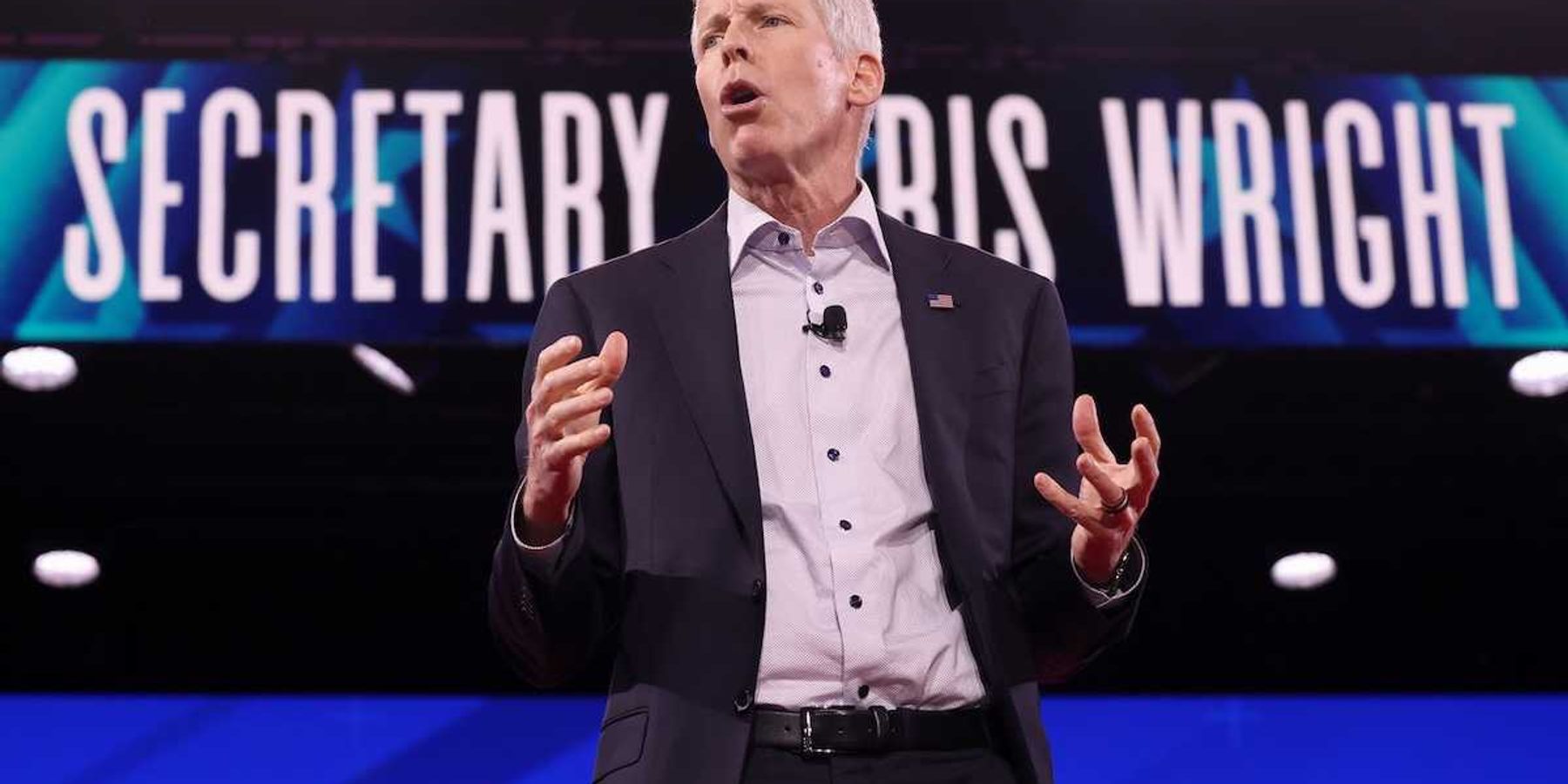The glass world
It was the second day of nuclear war and Milar's last day on Earth – a story at the intersection of science and technology, society and politics.
It was the second day of nuclear war and Milar's last day on Earth – a story at the intersection of science and technology, society and politics.
Editor's Note: We have never before published a work of fiction. But J.R. Ball, Jr., age 76 and a long-time reader, asked if we would consider this piece of "flash fiction." It's written quick, meant to intrigue. We think it does that. As journalists, we spend a lot of time at the intersection of technology and science, society and politics. As a fiction writer, Ball comes at this from a different direction. But he ends up at the same place.
It was the second day of nuclear war and Milar's last day on Earth. An undocumented laborer who worked at the Yamamoto Nurseries in West Los Angeles, Milar had chosen to spend this day among the plants at work. He was a relatively young man who really had no other place to go, and the glass hot houses at Yamamoto's were quiet and empty, offering relief from the chaos of the streets of Los Angeles.
It would be easier here. No one else had shown up for work. No frightened people, only countless plants that filled the hot houses and turned them into fine green mansions. For a time Milar tried to busy himself. He checked on recent leaf cuttings, misted some ailing plants and stacked bags of perlite, but soon realized he had not come here to work on this day.
The young laborer headed off to visit one of his favorite green houses. One that reminded him of his youth growing up in Northern Mexico. It was the one that contained Yamamoto's cactus garden. To step inside was like a visit to the American Southwest. Cactus stood everywhere, filling every bit of staging in the area. Grizzly Bear, Prickly Pear and Barrel sat in tier after tier of staging. Milar moved toward the center of the hot house and stood among trays of Devil's Claw, San Felipe and tenacious Cholla Cactus. The young man held a deep fondness for this particular greenhouse for it reminded him of the dusty roads and sparse watering holes of his youth in Mexico where it had all began.
After spending some time, Milar left the cactus greenhouse and headed toward another favorite greenhouse structure. Opening the door, he stepped into the shaded greenhouse housing a vast variety of ferns whose fronds now danced in the wind when he opened the door. Milar loved the ferns and new many of their names by heart. Polypody. Hart's Tongue. Maidenhair Spleenwort. Lady Fern. Someone had told him that ferns were very ancient plants. They had been around for 350 million years.
Outside—somewhere along nearby Olympic Boulevard—a tremendous cacophony of sirens had began to develop. So many sirens heading off in different directions. He could not tell from their sounds which was an ambulance, what was a police car or what was a fire engine. Milar became nervous. He decided to leave the shaded hothouse and head for yet another structure.
This was his favorite greenhouse. Stepping inside, his senses were immediately assaulted with sight and color and fragrance. It was the greenhouse where they grew the flowers. Milar thought of that day long ago, he had been working in here…the day the bee flew in through the broken glass window pain. At first he thought of killing the bee—fearing he might be stung, but instead watched as the bee floated over the tops of the flowers, dropping in on each one by one.
"Look, the bee is in love," Milar thought. "He is kissing the flowers. I, too, am in love with the flowers, as the bee; they have taught me so much."
The sound of the sirens once again broke through the stillness, but this time it seemed like every siren in the world seemed to take up the lament. He just happened to be looking in the direction of the fiery orb flashing across the surface of the greenhouse glass windows. Milar sank to his knees.
The presence of the bright orange glow was everywhere. Even the flowers behind him seemed to sense the arrival of the new coming thing. Moving like the hands of a woman, the petals surged, or at least seem to move in the direction of the oncoming fire. To offer themselves up to the light of the very sun itself.
_____
J.R. Ball, Jr. lives in Inglewood, Calif. This is his first piece published in Environmental Health News and The Daily Climate. "I only hope this little story might raise awareness in readers regarding the incredible danger of the nuclear games our world leaders are now playing in pursuit of power."













